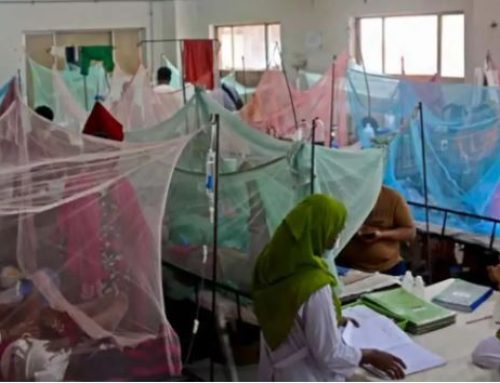Project Description
Author: Biswas et al.
Summary:
Introduction
Despite being a potentially preventable cancer, almost five thousand deaths occur every year in Bangladesh due to cervical carcinoma. Studies suggests different infections organisms like human papilloma virus and Chlamydia trachomatis can play a carcinogenic role in this case. Hence the objective of the study is to explore the association between Chlamydia trachomatis infection and cervical carcinoma among Bangladeshi women.
Methods
This was a case-control study conducted in the department of Gynecology of Dhaka Medical College Hospital (DMCH), Dhaka from July to December, 2006. Histopathologically confirmed cases of cervical cancer admitted in above mentioned hospital were selected as cases and women admitted in the hospital for different cervical conditions without proven cervical cancer were selected as controls. Sociodemographic characteristics, clinical presentation and evidence of C. trachomatis infection were explored. Chi-square test was used to establish the association between chlamydial infection and cervical carcinoma.
Results
Average age (SD) of cervical carcinoma patients was 43 (8) years. Squamous cell carcinoma (SCC) was most prevalent type of carcinoma cervix (98%). Per-vaginal foul smelling discharge (96%) and bleeding (68%) were the most common clinical presentation of the patients. Among the risk factors of cervical cancer early age of marriage (86% in cases vs 34% in controls, p = 0.031) and use of oral contraceptive pills (46% in cases vs 22% in controls, p = 0.01) were more prevalent among the cases. Infection by C. trachomatis was identified as a significant risk factor of cervical carcinoma (p = 0.011).
Conclusions
Women with infection of C. trachomatis are at a higher risk of developing cervical carcinoma. Adequate screening and early management could potentially mitigate the burden of infection associated cervical carcinoma.
Status: Ongoing
Full text link: Not available




